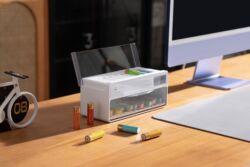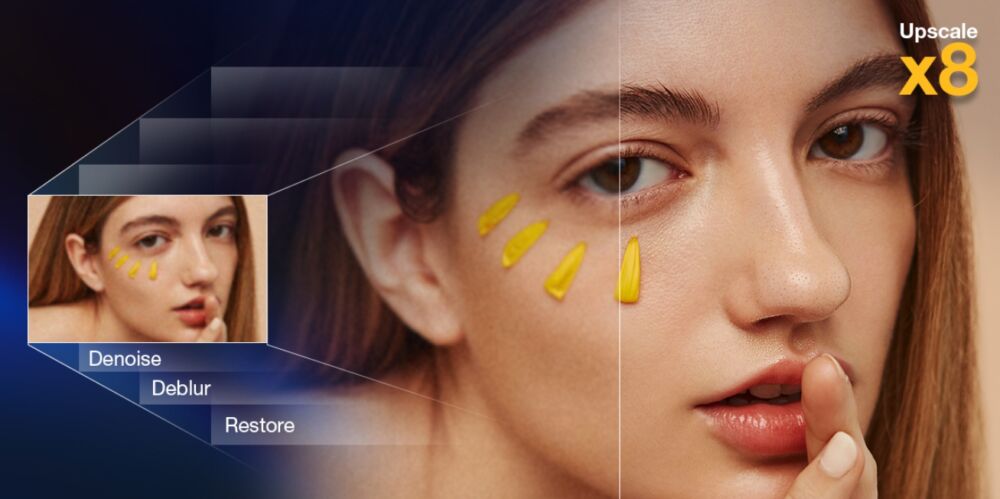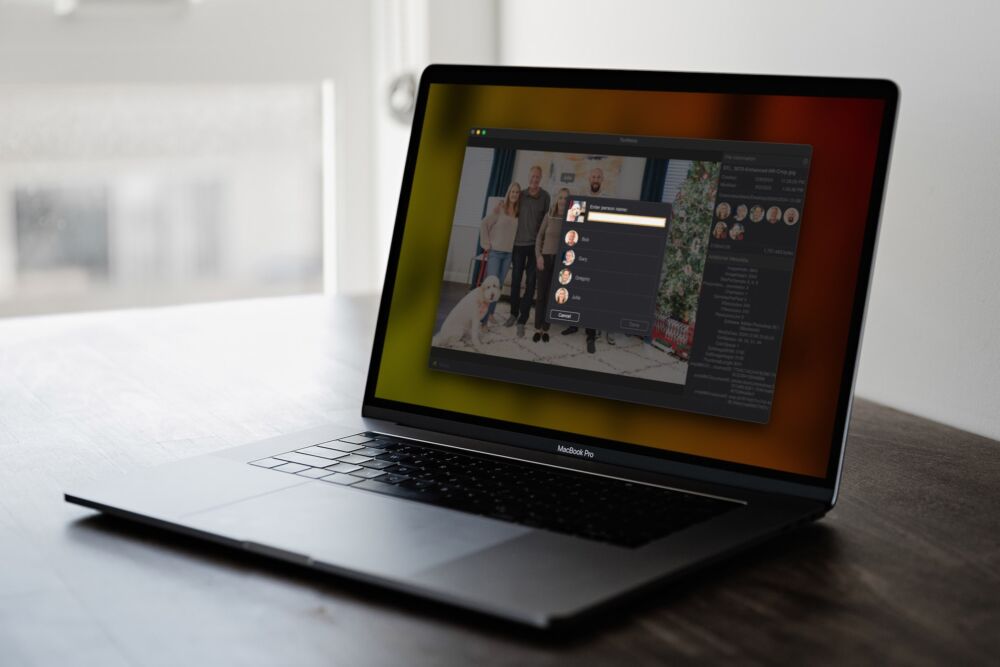
It would seem Photoshop CC, and all that Adobe cloud mentality is here to stay. Now, if that’s not your particular brand of scotch, well you may have chase it with something. I like it for a few reasons, most of which I won’t get into here, but one of which has to be the ease at which updates can be delivered to the entire user base, which one would hope, would prompt the company to do it more frequently. So far, this has been a bit of a blessing and a curse. There are constant updates and most of which aren’t noteworthy to most of the user experience. Some, however, are brilliant.
[REWIND: My 2 Current Favorite & Fast Photoshop Tools]
One of the newer updates can really help to speed up the process of masking, and in turn, can really help your images turn into something better, and do so quicker. Portraits do especially well from the update. It’s a new option called ‘Focus Area,’ and what it allows you to do is isolate the focused area of a photo, or the inverse. Since we often tend to guide a viewer’s eye by selective defocus, naturally that portion of the image is treated differently from the rest, and this tool allows for all sorts of adjustments to be made to either area.
The tool also has a good amount of customizability, so you can tailor the mask with ease. For example, you can use brushes to select areas you want to add or remove the mask from, you do have the ability to soften and refine edges, and you can choose different overlay options to aid you in making said selections. So, without further ado…
How To
Last weekend I was with a friend in Wynwood, Miami’s design district, and took this casual photo of her in this rather decrepit little corner full of graffiti as she took refuge from the sun. I’m quite sure I was shooting close to racked out at around 180mm at 2.8 which gave a slight amount of background separation given how confined everything was. The photo had some interest, I liked the designs, but she sort of blended in a bit too much for my liking, and I wanted to tone down the colors and brightness of the noisy background. Perfect, in other words, for this:
1. Open chosen image. No copy necessarily need be made.
2. Go to the menu bar to the ‘Select’ tab and scroll down to ‘Focus Area‘.

3. Once you’ve clicked that, the new window will pop-up and the effect will begin to render. It may take a few seconds. Under the ‘View’ selection tab in that window, I like to choose one which will allow me to see what’s under the mask, but it’s your choice.

4. Most of that can be left as is, but the points to pay attention to are the brushes on the left, the ‘Parameters’ slider, and ‘Refine edge.’ The top brush allows you to add back into focus, and the lower brush removes from focus. You can get as close as you like by using the slider and then refining with the brush. Use Refine Edge when you’re about done to more seamlessly blend the mask to avoid harsh edges, generally using the ‘Smooth’ slider.



5. Once you’re satisfied, you can hit OK, and allow it a moment to render. When it’s finished, go to Select>Inverse to select the defocus area, and from here you can add any adjustment layers and tweak as you please. If you notice some harder edges,work around this by selecting a brush, low flow like around 5%, and brush in or out the areas to blend the layer to what you want.


Finished Examples:


Thoughts
Now of course, as goes my typical disclaimer, it’s entirely your license to goes as strong or soft with these edits as you like. I’ve found that busy backgrounds like this pose more of a masking issue on the auto mode but nothing that some manual labor can’t sort out, and with nought but a little time. If you have any troubles or questions, don’t hesitate to hit me up and I’ll do my best to guide you.
CREDITS: All photographs shared by Kishore Sawh are copyrighted and have been used with permission for SLR Lounge. Do not copy, modify or re-post this article or images without express permission from SLR Lounge and the artist.













